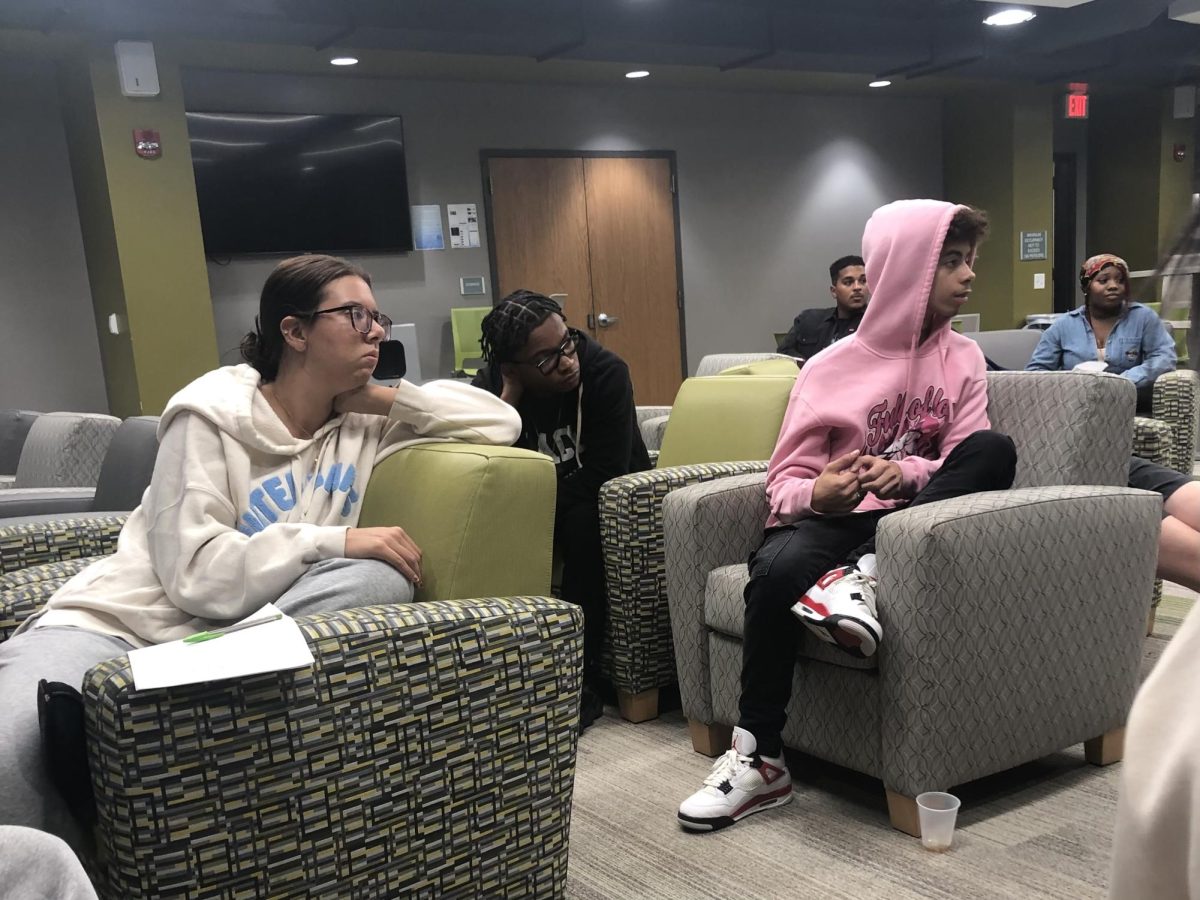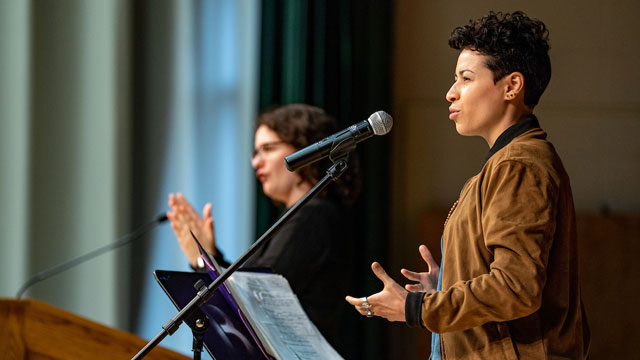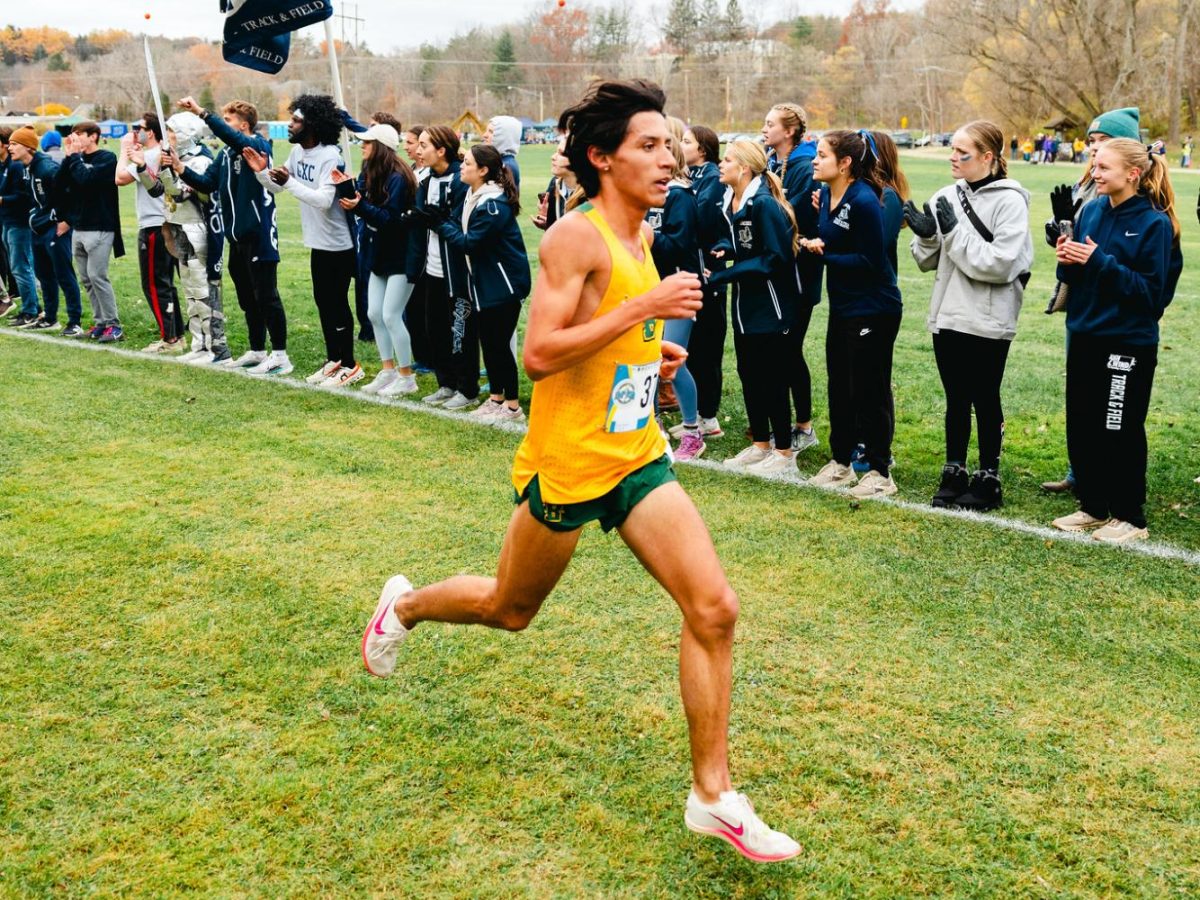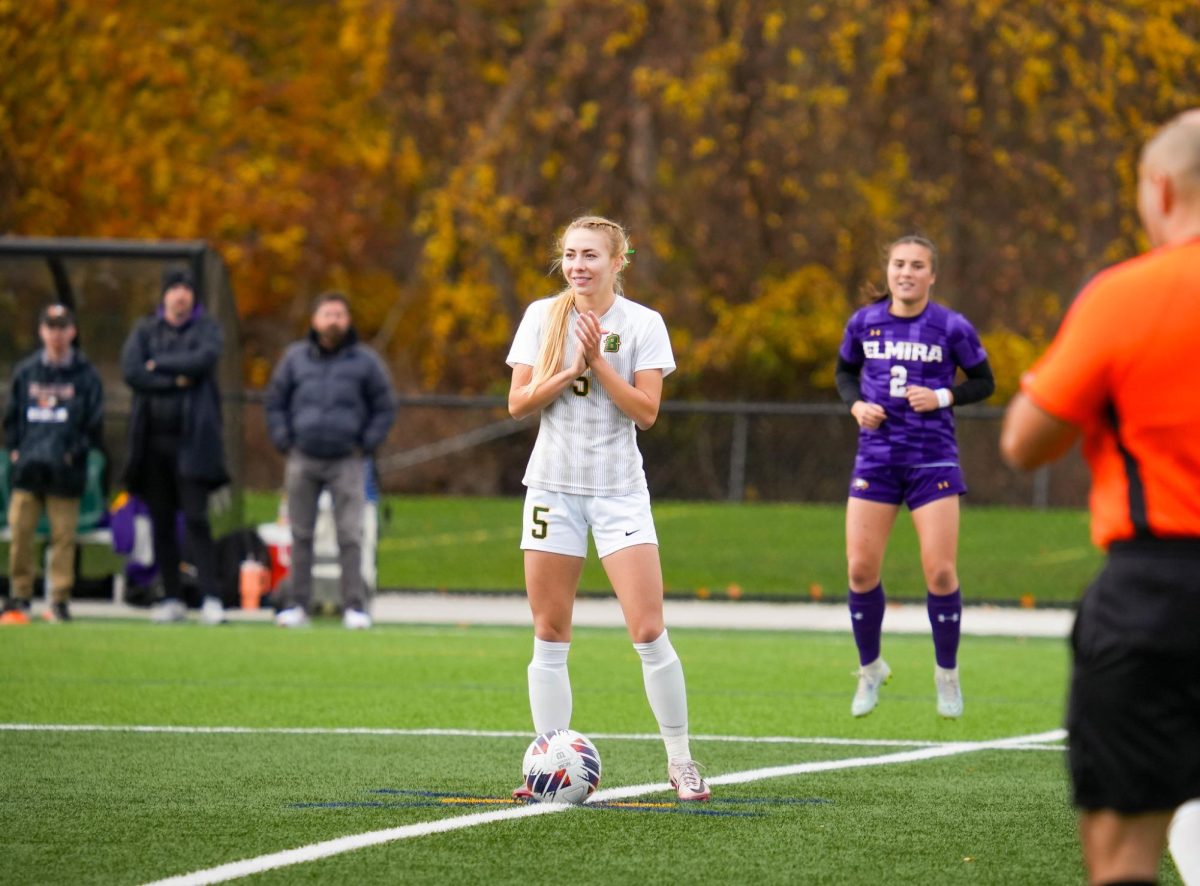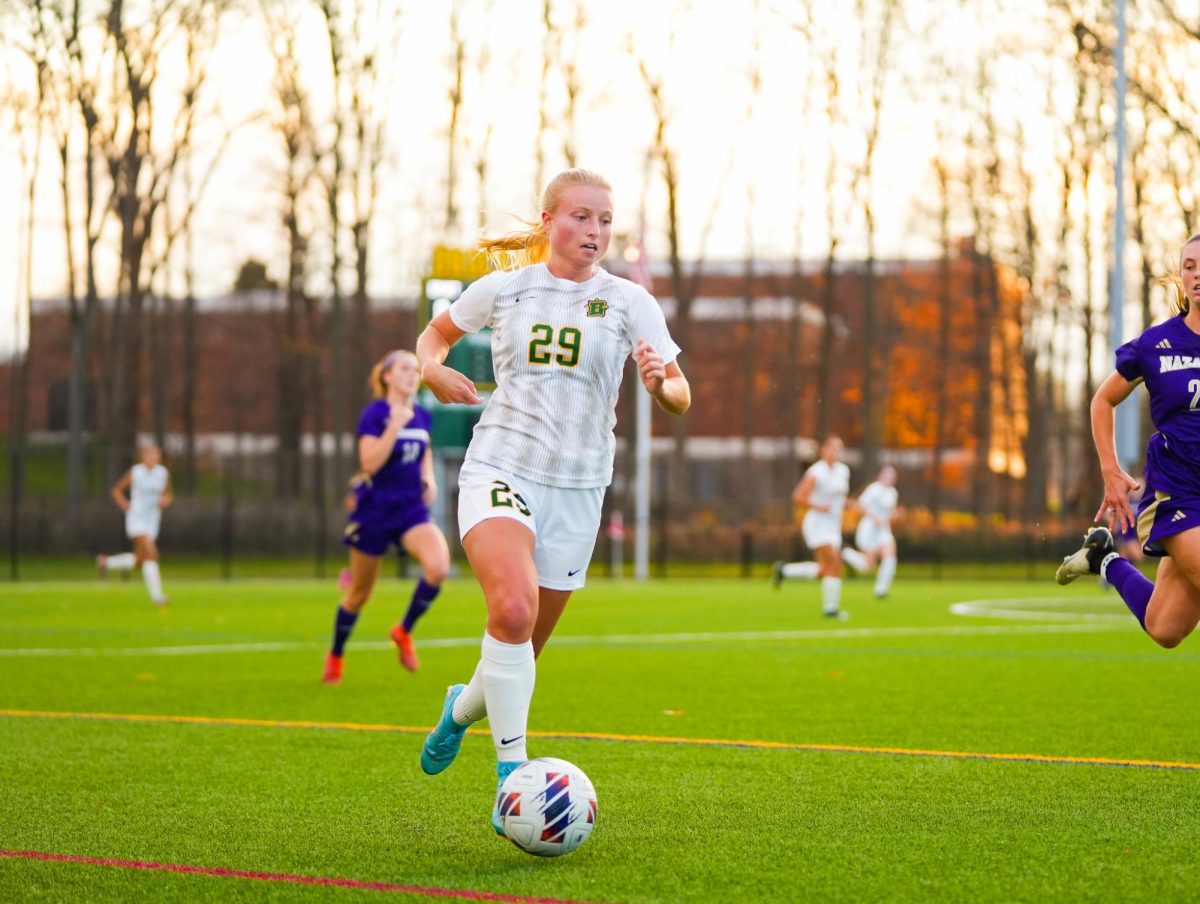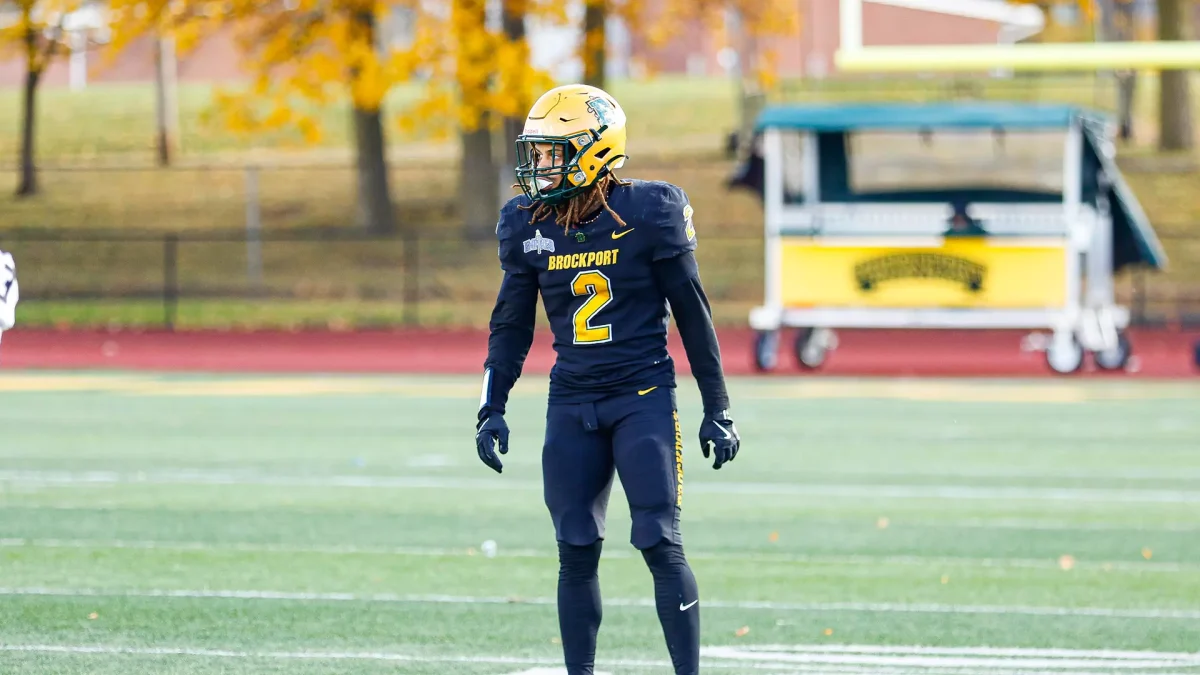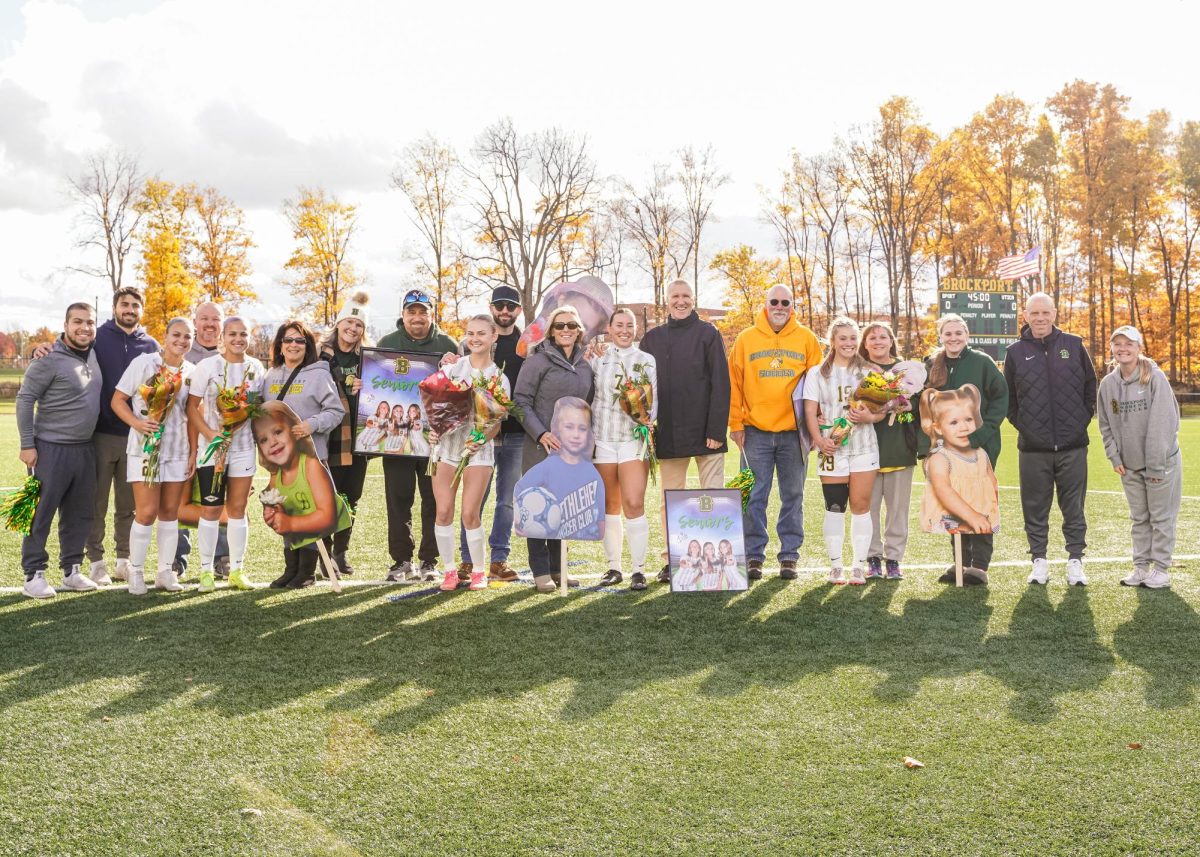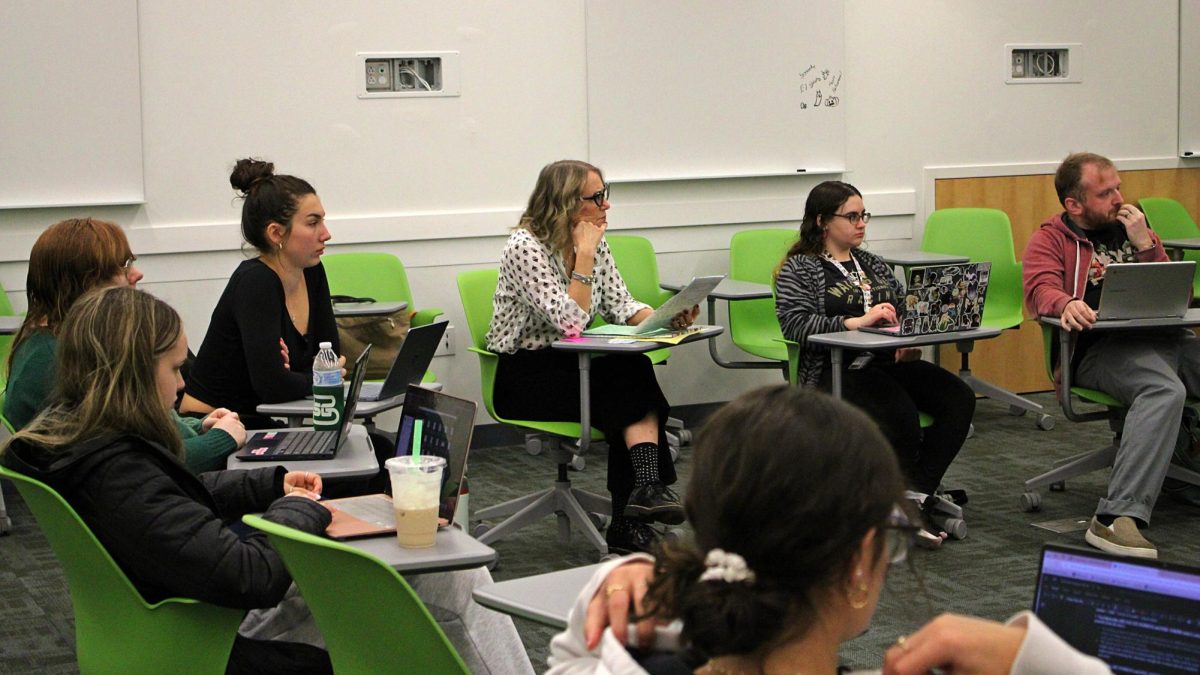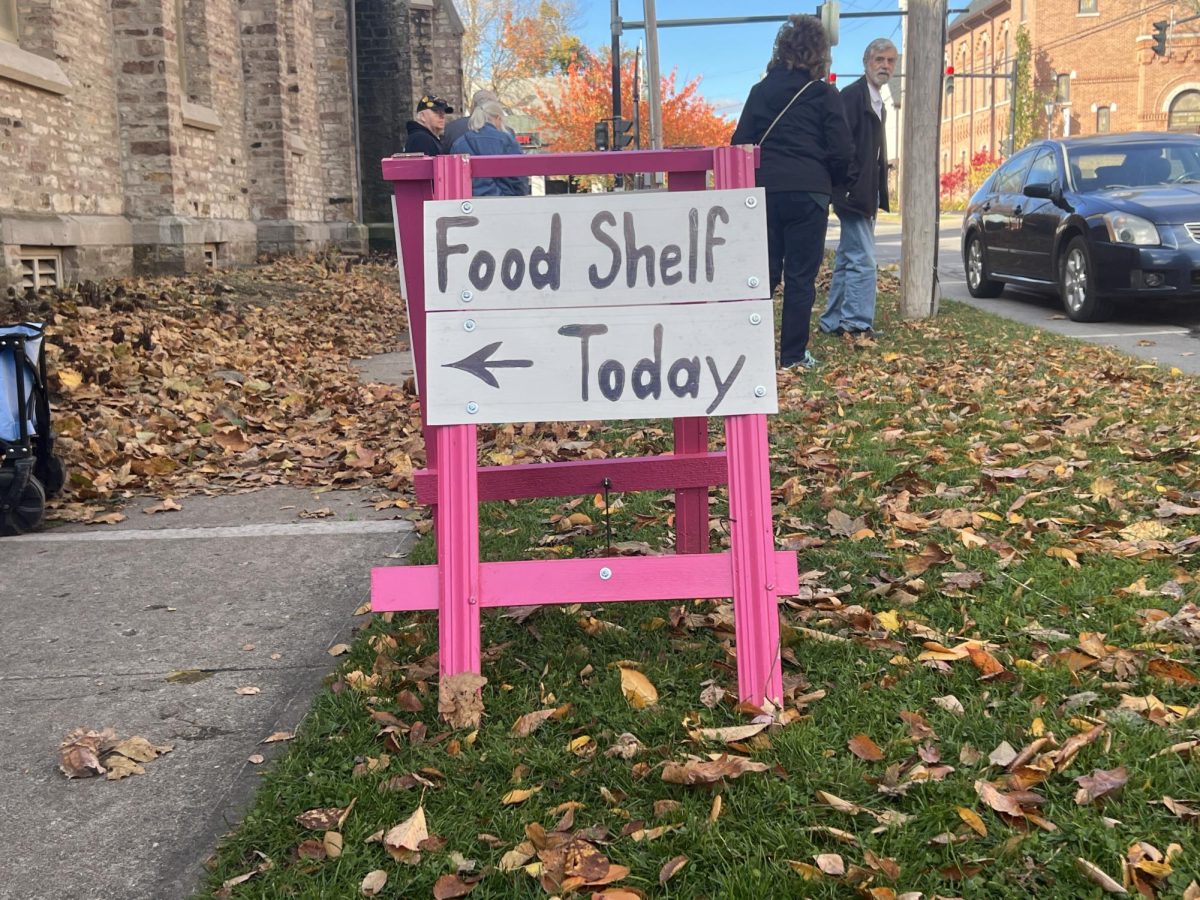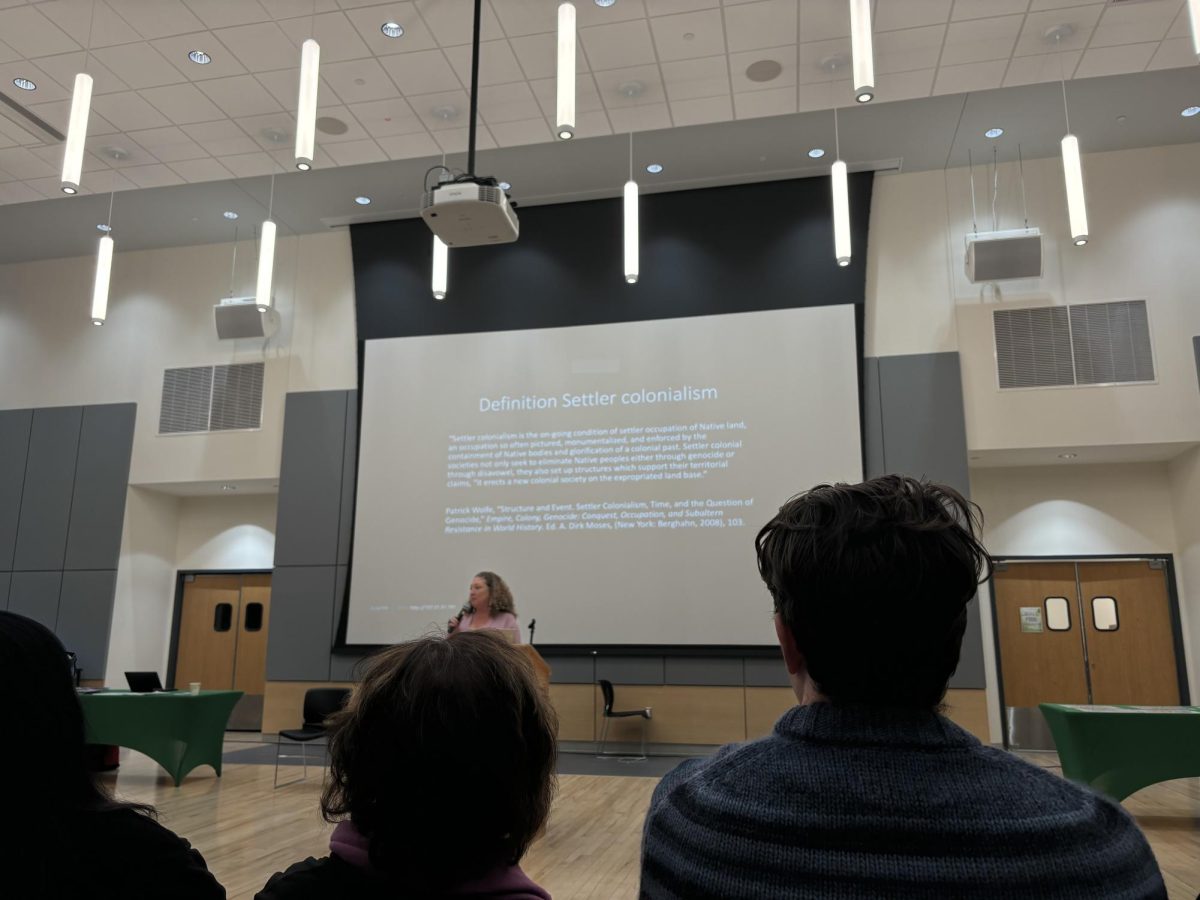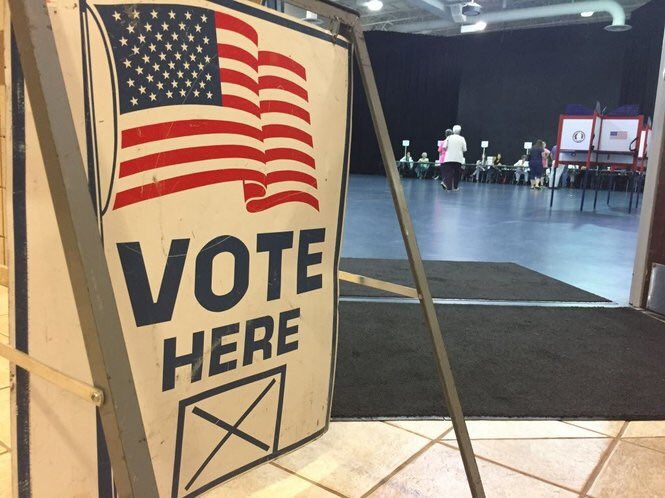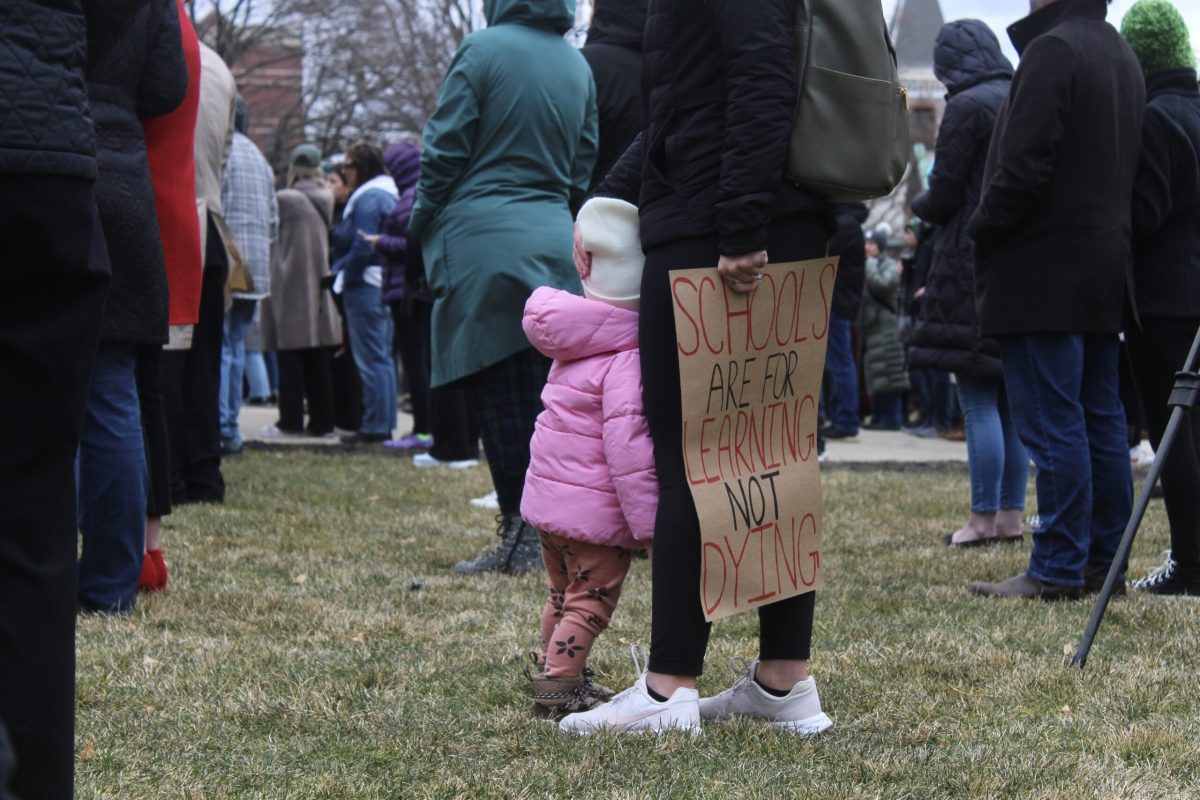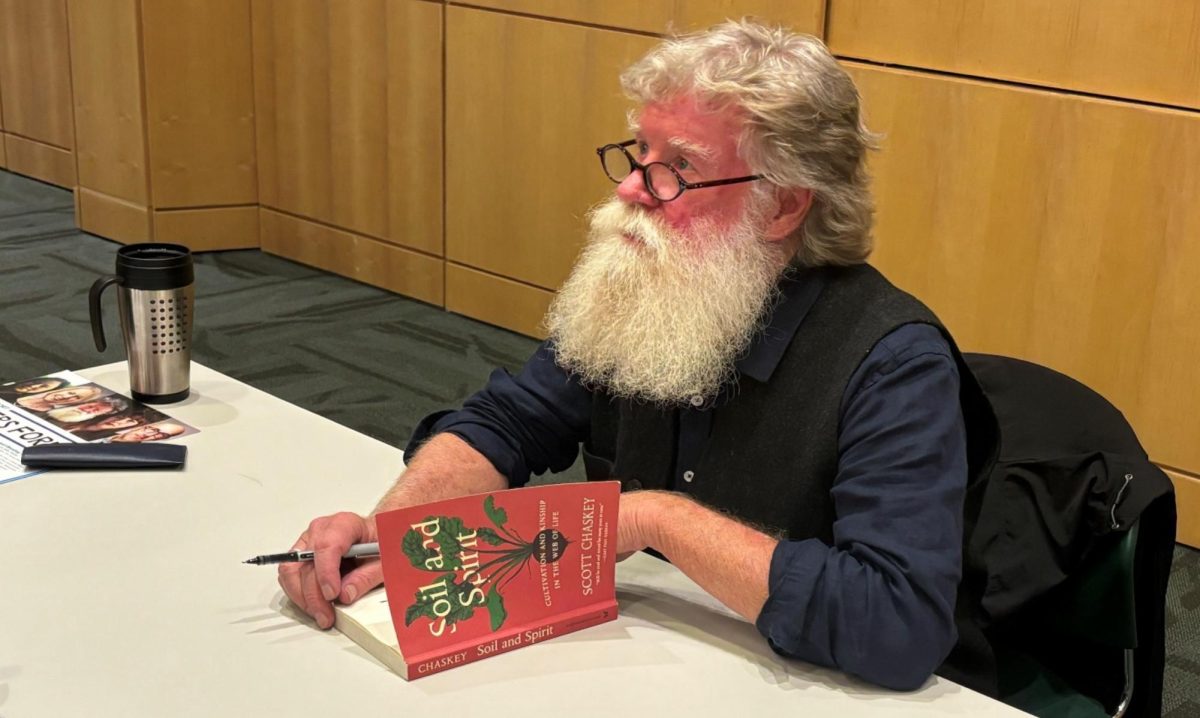Michigan State student reflects on campus shooting
Pulsing strides of over 50,000 Michigan State University students stained the concrete veins of campus February 13. By nightfall, these steps had turned to thumping chests, and the number of mass shootings in the United States this year increased to 71.
With three students dead and five others injured, fear has been instilled across campus. Michigan State junior Delaney Rogers is just one of thousands swimming, circling for air.
“Everything feels wrong. Even eating and sleeping…it just feels like you can’t do that because everybody’s experienced this extremely traumatic event. It’s been difficult to try and process. There’s a universal silence that feels very loud,” Rogers said.
Rogers works as the station manager for Michigan State’s radio station Impact 89FM, and as a journalist, she’s had to jump feet first into covering the nightmare that has swept over their campus.
“It’s a mixture, (being personally involved with what you’re reporting) makes it easier to connect with people that you’re interviewing, but also harder because you resonate with it,” Rogers said. “It makes us feel more comfortable to write knowing that what I’m writing is true because it’s something that other people are experiencing.”
According to Rogers, there’s been a lot of support offered through counseling services, therapy dogs and between peers. Students are placing flowers at different locations on campus, and professors have been extremely receptive and responsive by making sure they feel supported. However, many aren’t pleased with the amount of media presence at the university.
“A lot of students here are angry with the media that are present and that they’re interviewing them with the cameras. There’s a lot of media presence, which makes sense, but students are very angry that people are approaching them asking what happened and where they were, opposed to how they’re feeling,” Rogers said.
Journalists are tasked with poking and prodding at the sensitive. The situations and issues that are often divided—the ones some don’t like to talk about. But a journalist is also tasked with creating change, writing with a purpose and making an impact on those around them. While some may view it as a negative or an invasion of privacy, it plays a crucial role in influencing the way people react to tragedies. Exposure illuminates truth. Once human feelings and faces are identified in these situations, that’s when it becomes real. While challenging, Rogers and her team at Impact 89FM wanted to take a personal approach that would spread truth, help heal and create change.
“We want to ask people how they are doing and how they are. Their voices matter, their emotions matter, what they’re going through matters,” Rogers said. “It makes it easier to be able to connect with those people and ask them heart to heart ‘what’s going on?’ I feel like they feel more comfortable opening up to us knowing that we also just experienced the same thing.”
SUNY Brockport graduate student Jennifer Darlak believes these situations affect schools and people everywhere.
“It’s so sad to see that in this generation, it’s the norm, and we’re desensitized to it because of how often we hear about it,” Darlak said. “It’s so heartbreaking that people in power don’t recognize the pattern. They don’t see that this is a reality, that you shouldn’t have to prepare for it because it shouldn’t have to be a reality. I think it’s inescapable.”
So, what if this were to happen at Brockport? What plans are in place at this school? What training, what support, what resources? Read more on the topic in our next printed issue.

